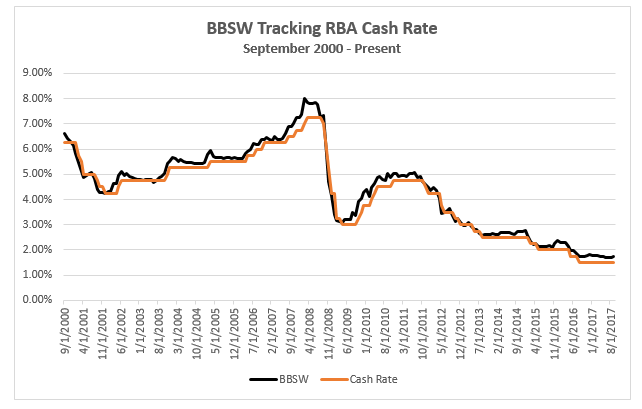In July 2017, the UK financial regulator, the Financial Conduct Authority (FCA), which regulates LIBOR, announced that the global base rate would be phased out over the next four years, ending in 2021. Although it is unclear what will replace it. The London Interbank Offer Rate, LIBOR, is the benchmark interest rate that many of the largest banks in the world charge one another for loans. It underlies an estimated $350 trillion in debt and debt-related derivatives worldwide, including everything from mortgages to corporate loans to student debt. Two main developments since the crisis of 2008–09 motivated the FCA to end LIBOR’s use. The first was a scandal revealed in 2014 in which traders at several large banks were found to be manipulating LIBOR rates to benefit their own trading positions and therefore, their bonuses. This resulted in regulators in the US and UK fining the banks involved billions of dollars and securing a jail sentence for one former trader. The second was the decline in wholesale interbank lending in the post-crisis years with fewer real transactions on which to evidence the benchmark rate (i.e. less observable real market data points). As a result, LIBOR becomes more and more dependent on expert guidance — that is, submissions by bank traders. This is not sustainable in the long run since, in practice, only some of the returns are derived on real underlying transactions, and the rest are left up to traders’ estimates. In 2015, for example, only around 30% of submissions were from genuine contracts. In Australia, the equivalent of LIBOR is the Bank Bill Swap Rate (BBSW) which is the primary short-term rate used in domestic financial markets for the pricing and valuation of Australian dollar securities including floating rate bonds and other financial floating rate instruments, such as hybrids. The BBSW typically tracks close to the official RBA cash rate (Figure 1), although it can also be impacted by many other factors, including alleged manipulation by some major banks in Australia – ASIC is still pursuing ANZ, Westpac and NAB in the Federal Court over alleged rigging of the BBSW in 2010, similar to the LIBOR case. Figure 1. BBSW v RBA Cash Rate 


